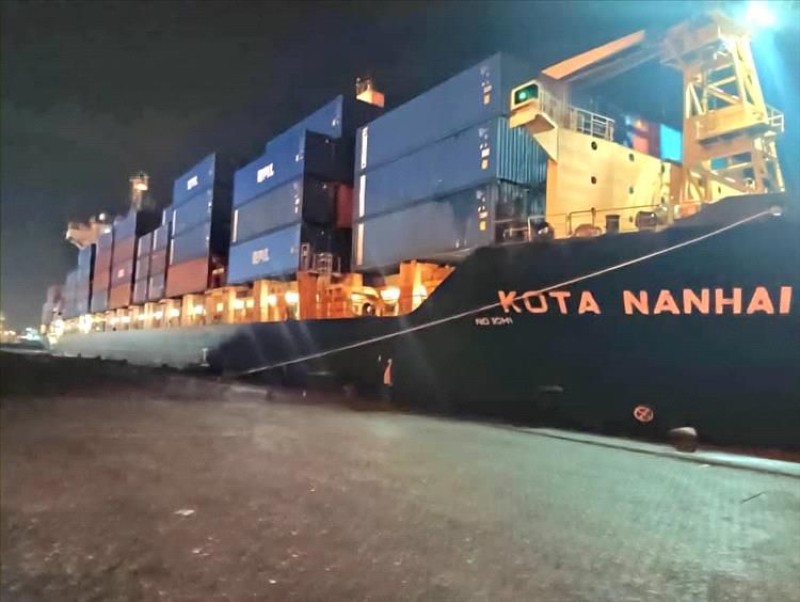IOM Yemen: Situation Report November 2020


3,400 Migrants registered for return
* registered since October 2020
1,214 Shelter and non-food item kits released from IOM’s Contingency Stock Pipeline
13,331 Individuals received multipurpose cash assistance
SITUATION OVERVIEW
This year has seen the humanitarian situation in Yemen, the largest crisis in the world, deteriorate to further alarming levels. Millions of people are displaced across the country, with 166,000 new displacements in 2019 alone, while at least 14,500 migrants are stranded in cities like Aden and Marib in dire need of assistance. Displacement and migration challenges have been compounded by a fuel and economic crisis, weakened public and health services, and COVID-19 pandemic.
The recently released Integrated Food Security Phase Classification (IPC) analyses show pockets of famine-like conditions returning in the country for the first time in two years. The number of people experiencing this degree of catastrophic food insecurity is predicted to nearly triple between January and June 2021 if immediate humanitarian support is not increased. Against this backdrop, the economic downturn is severely affecting food prices and households’ purchasing power; by the end of November, the Yemeni Rial reached a record low of YER 875 per USD in southern governorates.
Following trends throughout the year, hostilities have continued this month in hot spots like Taizz, Al Jawf, Abyan, Al Hudaydah and Marib further exacerbating vulnerabilities and putting pressure on host communities. In Marib, conflict has displaced over 103,000 people within and to Marib since January 2020. As IOM and partners scale up response and contingency planning, the humanitarian community is estimating that an additional 385,000 people could be displaced from Marib City into eastern Marib, Hadramaut and Shabwah, if the frontlines shift eastward. Those displaced by the conflict are some of the most vulnerable, with a majority being displaced for the second time.
While Yemen faces extreme challenges, migrants’ needs have increased to unprecedented levels. Since the onset of the COVID-19 pandemic, international border closure and barriers to movement within Yemen have left thousands of migrants stranded at various locations with no means to return home, increasingly vulnerable to protection and safety risks. IOM estimates that at least 14,500, mainly young Ethiopian nationals, are stranded across the main migrant transit hubs within the country (Sana’a, Aden, Marib and Sa’ada), with little access to basic services or traditional coping mechanisms, such as support from host communities.
By the end of the month, the number of reported cases of COVID-19 in Yemen reached 2,088, with 605 fatalities. Limitations around testing and response capacities persist, and as a result the extent of the spread of virus still is unknown eight months into the outbreak. IOM and partner efforts have been constrained by access issues and global shortages that limit the import of supplies, as well as funding gaps and limited local level efforts to reduce transmission. These challenges are more pronounced in some areas in the north where humanitarian access issues, centred around bureaucratic impediments, continue to severely impede humanitarian response activities.

Sana’a – The occupied Yemeni capital Sana’a is witnessing mounting economic panic and a sharp collapse in the real estate market…

Aden – The vessel Kota Nanhai departed Al-Mualla Container Terminal at Aden Port this evening after completing the unloading of 457 standard…

Aden — Yemen’s Presidential Leadership Council Chairman Rashad al-Alimi held talks with Central Bank Governor Ahmed Ghalib to review th…